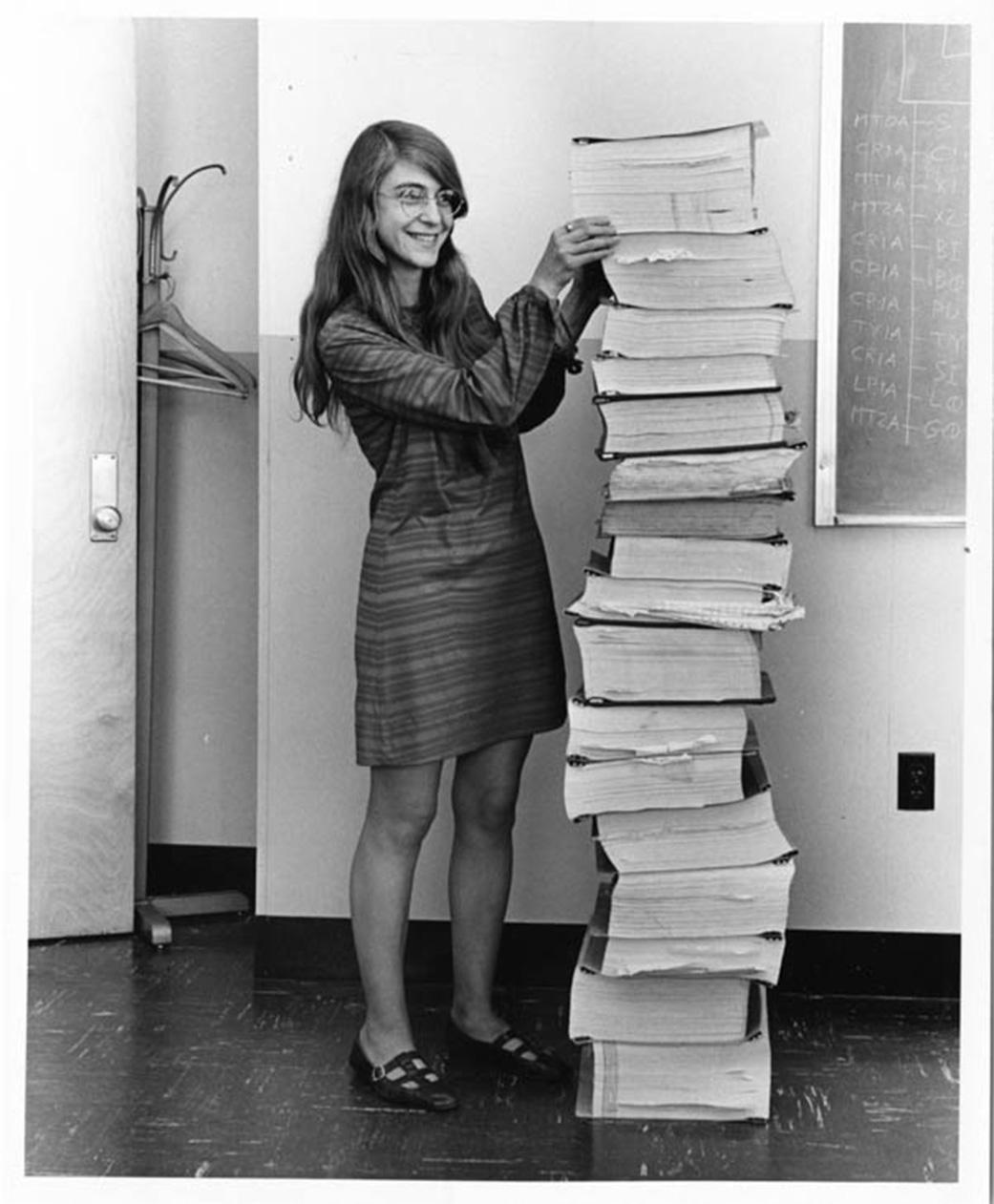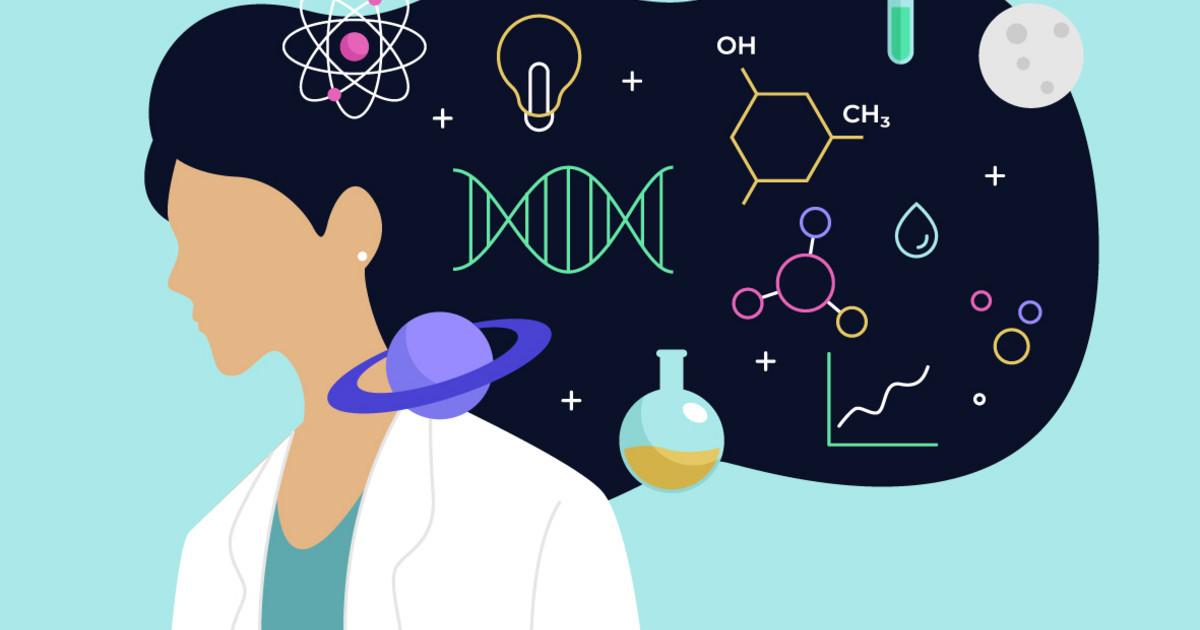“Science has no passport, no gender, no race, no culture, no political party…science is universal and unifying.” – Fabiola Gianotti (first woman Director-General at CERN (European Organization for Nuclear Research)
Throughout history, women have been the unsung heroes of scientific and technological progress, overcoming societal barriers and systemic biases to make groundbreaking contributions in STEM. But these pioneers, who seldom received full recognition for their work, were at the forefront of innovations that have shaped our world today.
The (mostly) unsung pioneers
Among the early women pioneers who defied the norms of their time was Ada Lovelace (1815-52), a visionary mathematician and writer, who became the world’s first computer programmer in the 19th century. Her work on Charles Babbage’s Analytical Engine (invented in 1833) laid the foundation for modern programming. The most well-known of women scientists, Marie Curie (1867-1934), shattered the barriers of gender and scientific discovery, receiving two Nobel prizes in Physics and Chemistry for her ground-breaking research on radioactivity.
Grace Hopper (1906-92), known as the “Queen of Software”, revolutionised computing by developing the first compiler, which translated human-readable code into machine language. Barbara Liskov’s creation of the Liskov Substitution Principle in object-oriented programming (1988) has played a fundamental role in software design. Margaret Hamilton, director of the Software Engineering Division of the MIT Instrumentation Laboratory, developed the on-board flight software for NASA that sent Apollo 11 to the moon in 1969.

The pivotal work of African American women in STEM was even more overlooked. Mathematician Katherine Johnson (1918-2020) did calculations of orbital mechanics for NASA, which were critical to the success of the first and subsequent US spaceflights. Dorothy Vaughan (1910-2008) was a human computer who performed ground-breaking work in aeronautics and for the space programme even before the introduction of computers. She later taught herself and others programming language in preparation for the computer age. Mary Jackson (1921-2005), NASA’s first black engineer, was also pivotal to the space missions, yet her contribution too, was left unnoticed due to systemic racism and sexism.
Shattering the Glass Ceiling
Even today, women in STEM face challenges. Implicit bias, lack of representation, and unequal pay persist in many industries. A study by the National Center for Women and Information Technology (NCWIT) in the USA revealed that women hold just 25% of all computing-related jobs.
STEM graduates in most countries are still overwhelmingly male. According to the United Nations Educational, Scientific and Cultural Organization (UNESCO), only 35% of STEM students in higher education globally are women. Particularly troubling is that just 3% of female students in higher education choose information and communication technologies (ICT) studies.
The need for increased female participation in STEM is pressing. It’s known that diverse teams perform better in problem-solving, creativity, innovation, and profitability. Diversity is about more than just equal opportunity – it’s about harnessing collective intelligence from varied perspectives to tackle complex challenges and drive progress.
Vodacom’s Code Like a Girl
That’s where Vodacom’s Code Like a Girl (CLAG) initiative comes in. The programme equips young women with technological skills, confidence, and belief in their own potential. Coding is a way of solving problems, developing sequential thinking, and stimulating creativity and design skills. Along with the coding, the programme also aims to develop valuable life skills in girls aged between 14-18 and encourages them to choose ICT and STEM subjects. It provides inspirational mentors to instil in the girls and young women a passion for technology and its possibilities.
“It was a life-changing experience, allowing me to expand my horizons and find out what I’m truly passionate about. I learned skills needed for a career in STEM met amazing young women with similar interests from various backgrounds.” – Shreyas Rupan: CLAG programme 2018 graduate, and later a CLAG ambassador
Code Like a Girl has been running in South Africa, Mozambique, Tanzania, DRC, and Lesotho since 2017. In SA alone, Vodacom has trained 732 girls since its launch and this year we have 600 participants from close to 100 local schools.
Empowering the future
The persistence of gender stereotypes and the fact that women drop out of STEM careers at a higher rate than men remain significant hurdles. However, the potential benefits of increased female participation will result in more inclusive technologies that drive further societal progress.

Women in STEM are poised to shape a world where innovation knows no bounds. To unlock the full potential of our technological future, we must advocate for equal representation and inclusion. Initiatives like Vodacom’s Code Like a Girl act as powerful tools to empower future generations of women in STEM.



